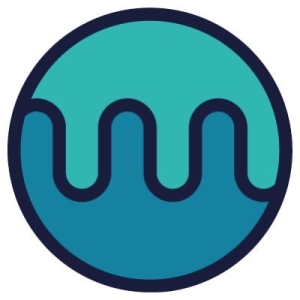We are a law firm, however, we do write some of our own software. Sometimes that software is integrated with our systems and sometimes it's bespoke software for clients. We write code with C#, JavaScript, and more, and we use a lot of third-party libraries. We need to check these third-party open-source libraries for vulnerabilities and go through a process of looking at various tools in the market.
WhiteSource stood out mainly for the way it approached scanning code. Some of these solutions often send the code somewhere else to be scanned, whereas WhiteSource allows us to scan wherever our tenant is. The reason we chose this solution was to look at the security analysis of these third-party libraries.
The way WhiteSource scans the code is great. Being a legal firm, we're a bit more sensitive around our data, and we didn't want that going to different regions. With WhiteSource we can keep our data in the same data sovereignty as it was. That is a big deal for us. In terms of the analysis it can do, it is really useful. This was new to us as an organization, as not only can we find vulnerabilities, but we can also look at the license distribution.
We can understand the open-source licenses, which come with some constraints. That's something we wanted to avoid. Recently, there was a log4j vulnerability that was very prominent in the security community, and we were quickly able to see if we were using it and where. That's the inventory side. It was really useful in that respect.
It’s easy to identify and remediate open source vulnerabilities using this solution. There were a couple of times when something was reported as a vulnerability. When we looked into it a bit more and we talked with the WhiteSource support staff, we found that it was caused by something else. That's pretty rare. Most of the time, it's fairly clear. It says you need to go from one version of the library to another version of the library. It's pretty plain and works well. There have been just a couple of occasions where we needed to dig a little deeper.
Tech support has been very swift and helps us understand false vulnerabilities and they make sure that they don’t happen again in the future. They've got a good support system.
We can detect the vulnerabilities in the SaaS tool itself. We can go to our particular project and see them, or we can see them when we run the code. We can run the tool locally. Even before we scan the code, we can perform a local scan and that's been pretty useful for our developers. It is certainly useful that the vulnerability is displayed both in the WhiteSource platform and our CI/CD tool of choice. We use it as DevOps, and we can see the results with that tool as well. This means that we don't have to use another tool.
WhiteSource helped reduce our mean time to resolution since we adopted the product. More than anything else, it's just shining a light on the work we need to do. We had a lot of legacy code that no one had really explored the software composition analysis on it. The main value is that it showed us what we needed to fix, and with the dashboard security trends feature, we can see over time if we made progress. We had a way to report upward and show our progress. From that respect, it's been very valuable.
The product has helped reduce the number of open-source software vulnerabilities running in our production. It would probably be quite a high number as we didn't really have anything before. I would probably say that we're about 70% through remediating all of the vulnerabilities. This is a good number since nothing existed before.
We've introduced policies as well. If we just rely on good intentions, often people don't follow through. If we have a policy set that makes developers have to stop and fix something, it breaks their workflow in a positive way as it's saying that these are high vulnerabilities. It allows us to set up quite nuanced policies. That has been really useful. Without that, it'd be less effective as a tool.
WhiteSource's portability to integrate with our developers' existing workflows including their IDE, repository, and CI/CD pipelines, is good. It's improving all the time. In terms of integration, it's pretty easy.







